Exhibition
This event has been canceled
Due to COVID-19 concerns, SVA campus buildings are currently closed to the public. This exhibition has been postponed until December 2022.
More infoAn Infrastructure for Restorative Justice
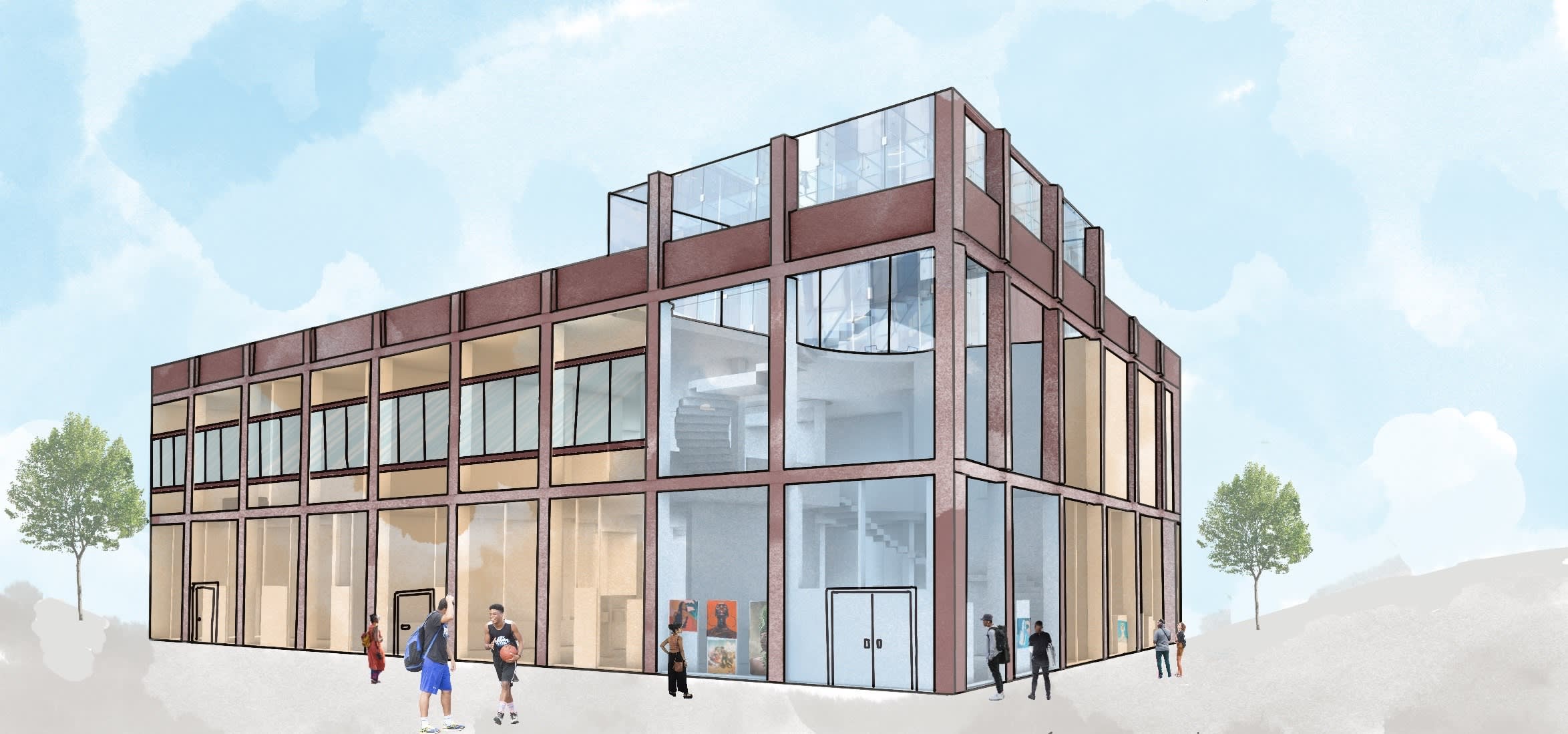
Stephanie Schiff, Community Justice Center (Floor Plan), 2021
SVA Chelsea Gallery
601 West 26th Street, 15th floor, New York, NY 10001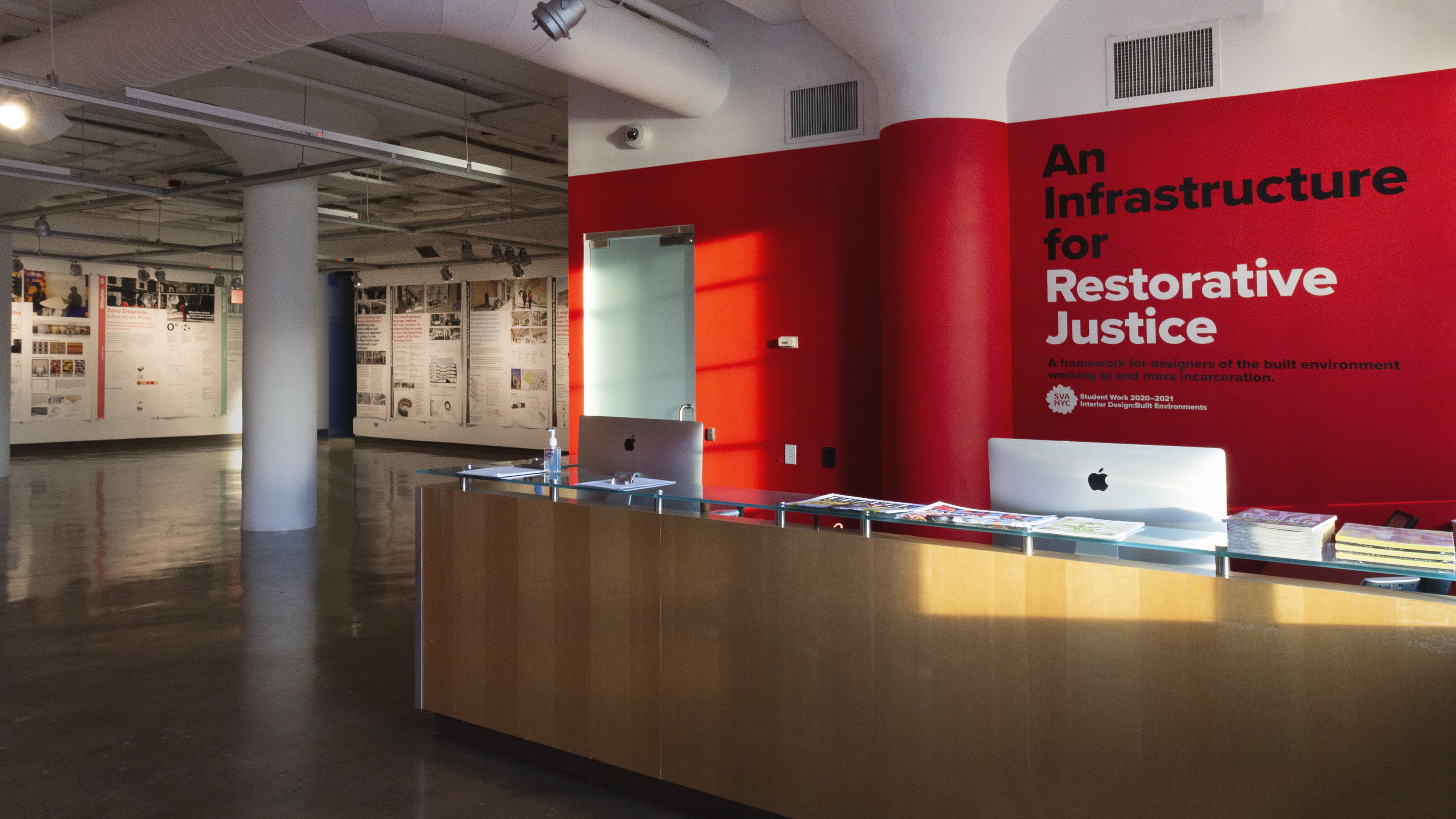
“An Infrastructure of Restorative Justice,” SVA Chelsea Gallery, January 4 - January 21, 2022

“An Infrastructure of Restorative Justice,” SVA Chelsea Gallery, January 4 - January 21, 2022
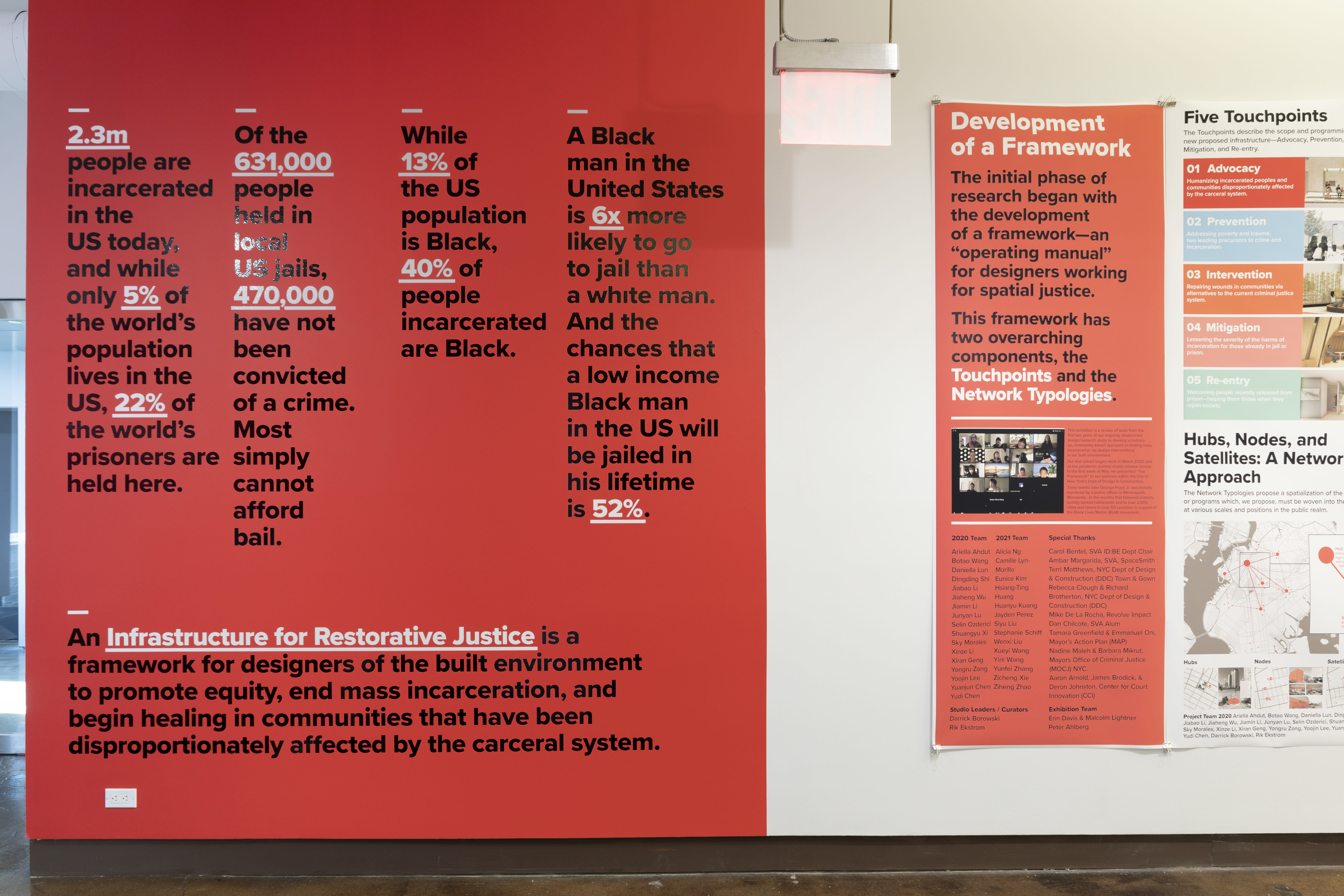
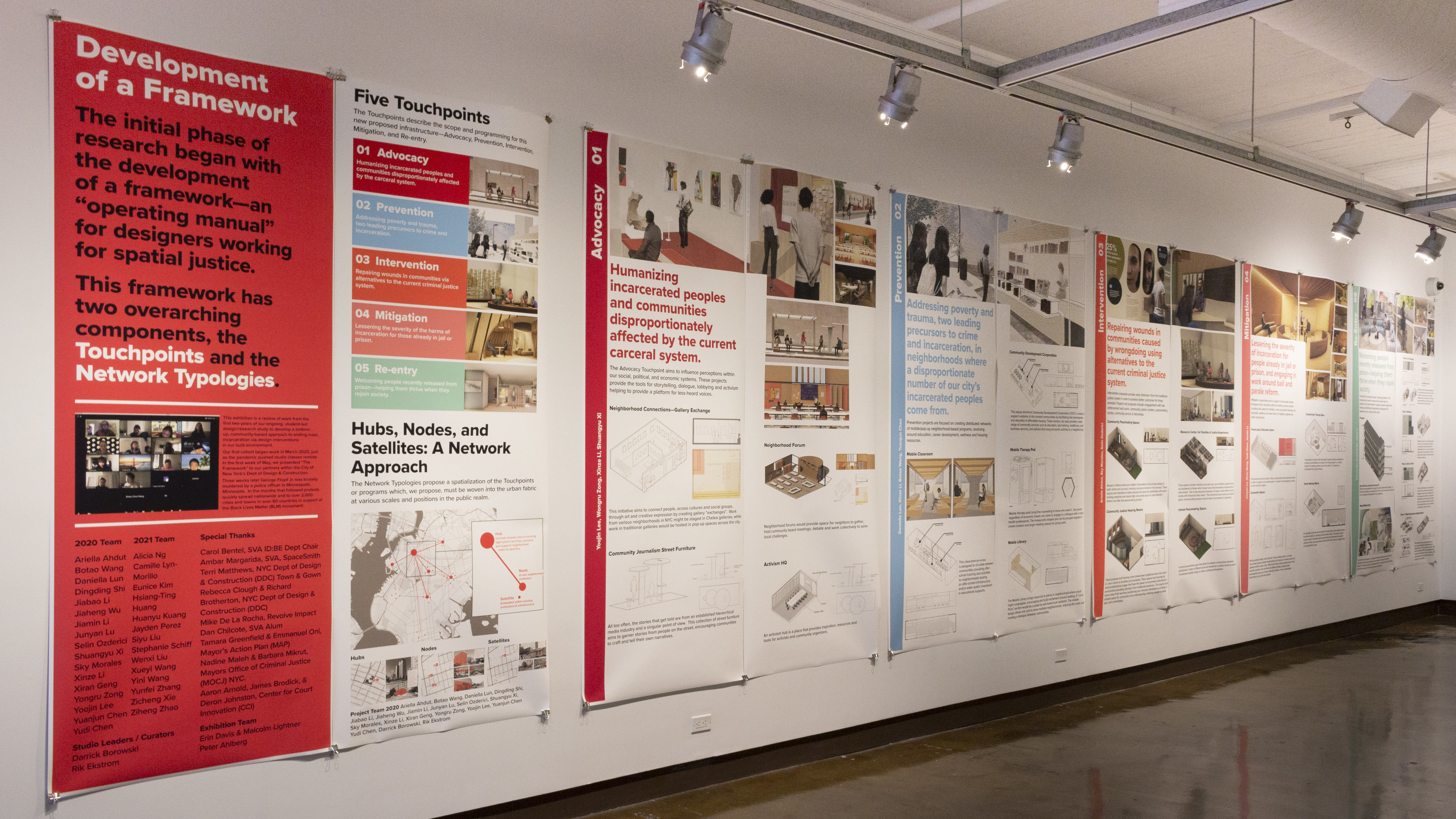
“An Infrastructure of Restorative Justice,” SVA Chelsea Gallery, January 4 - January 21, 2022
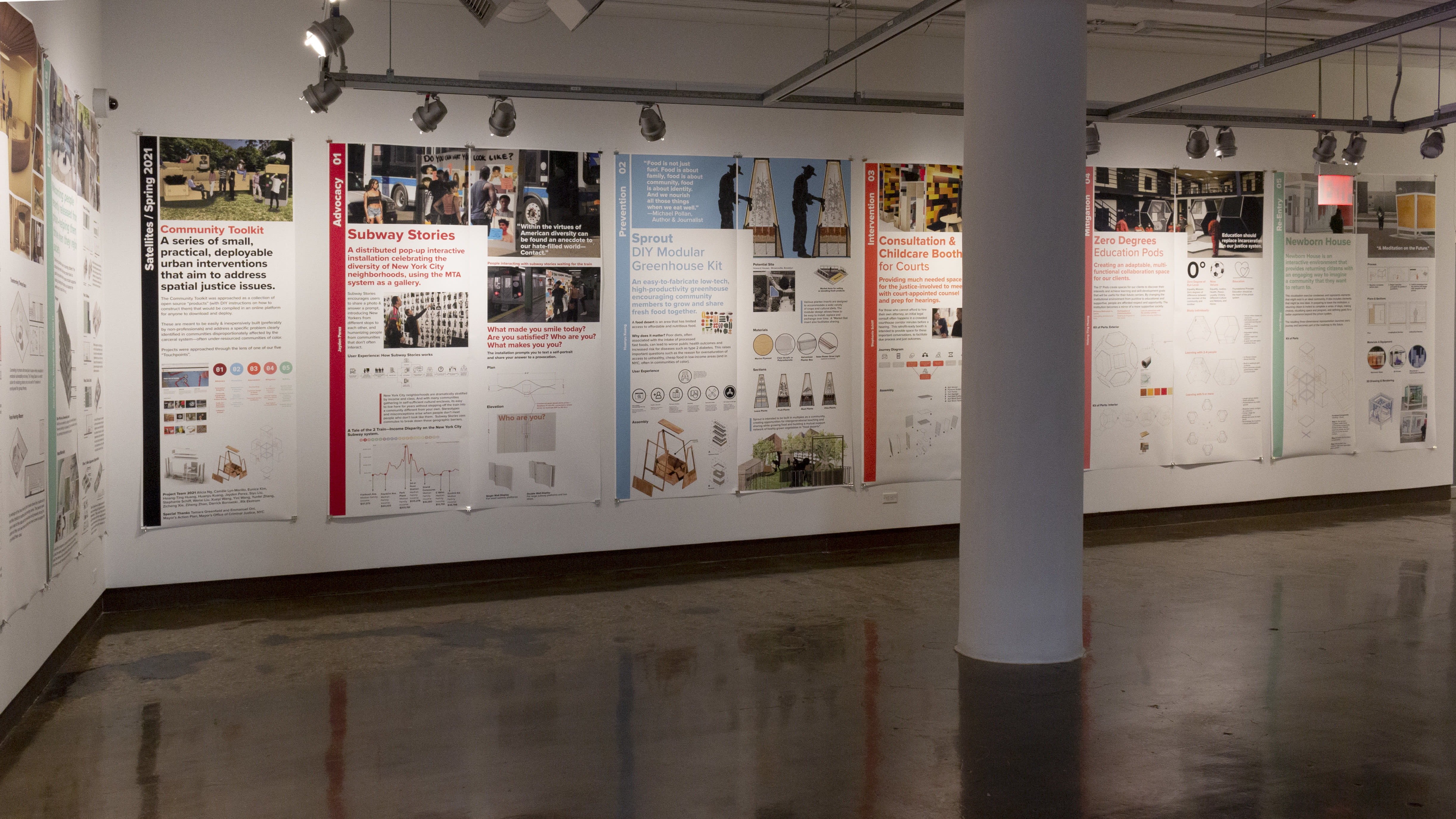
“An Infrastructure of Restorative Justice,” SVA Chelsea Gallery, January 4 - January 21, 2022

“An Infrastructure of Restorative Justice,” SVA Chelsea Gallery, January 4 - January 21, 2022
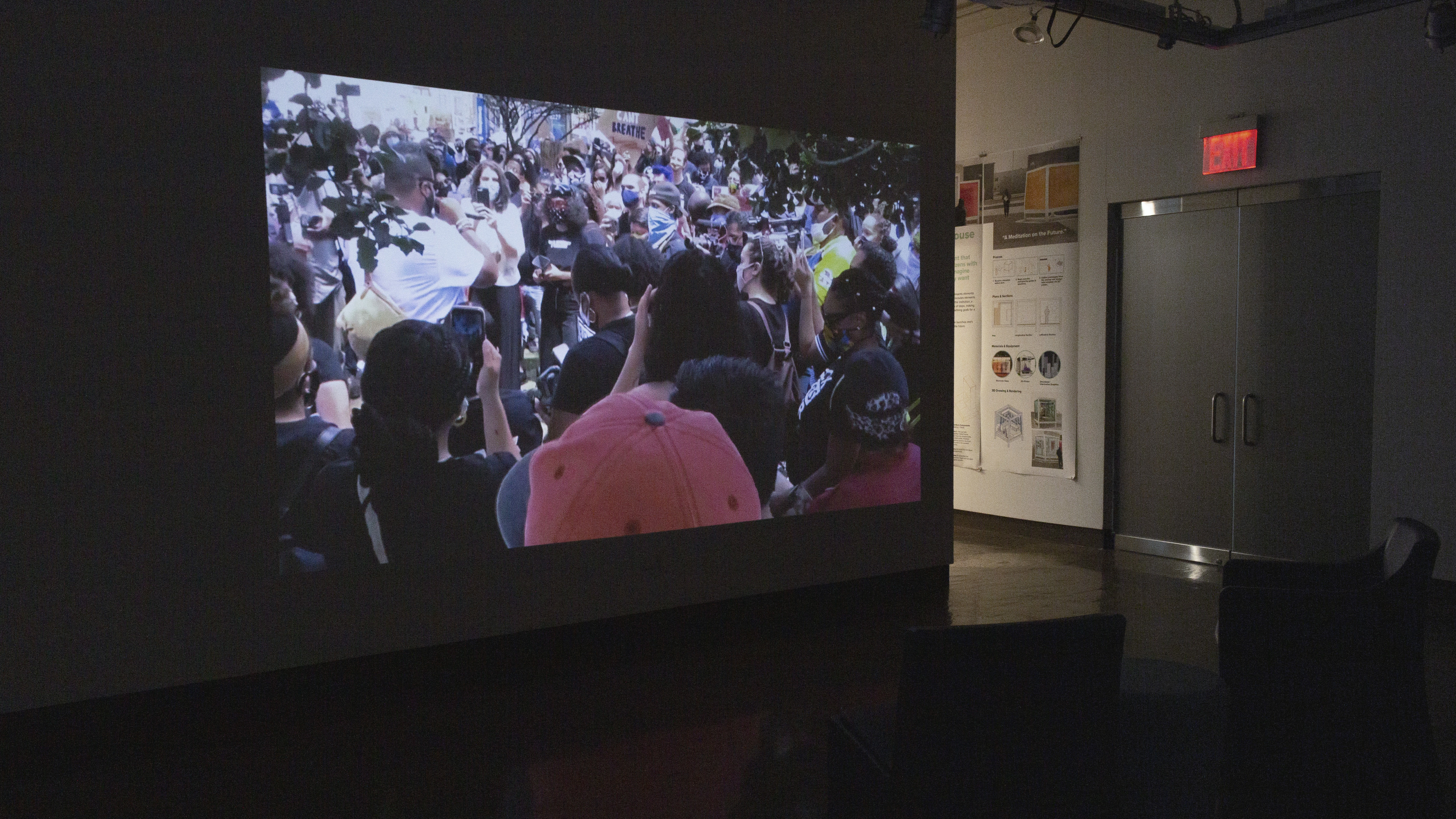
“An Infrastructure of Restorative Justice,” SVA Chelsea Gallery, January 4 - January 21, 2022

“An Infrastructure of Restorative Justice,” SVA Chelsea Gallery, January 4 - January 21, 2022
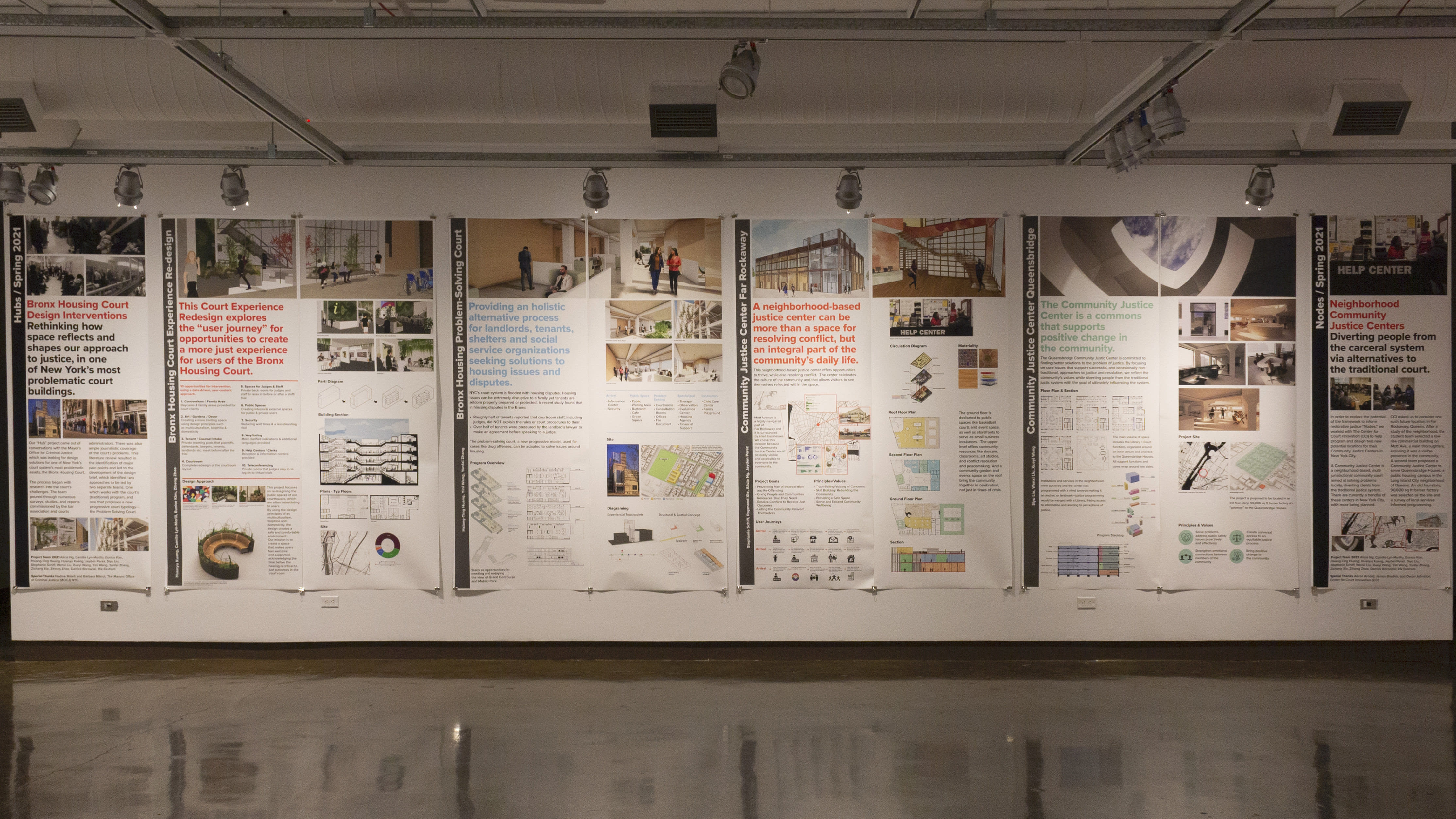
“An Infrastructure of Restorative Justice,” SVA Chelsea Gallery, January 4 - January 21, 2022

“An Infrastructure of Restorative Justice,” SVA Chelsea Gallery, January 4 - January 21, 2022
School of Visual Arts (SVA) BFA Interior Design: Built Environments presents “An Infrastructure for Restorative Justice,” an exhibition of student work exploring a framework for designers of the built environment working to end mass incarceration. Curated by Darrick Borowski & Rik Ekstrom, the exhibition will be on view at the SVA Chelsea Gallery, 601 W 26TH Street, New York City, January 4, 2022 – January 21, 2022.
In the fall of 2019, New York’s City Council approved plans to close Rikers Island, one of the world’s largest and most notorious jails. The decision was a result of a long-fought, still ongoing battle to push the city toward reckoning with an unjust and demonstrably racist mass incarceration system. The City settled on a plan to replace the remote island complex with four “borough-based” jails. The new jails, the City said, will adopt the newest best practices, as seen in more progressive northern European models, and be “safer, smaller and more humane.” For the last two years, BFA Interior Design: Built Environments second-year students have been working to develop alternate solutions under the thesis that “better prisons” are not enough.
The following year saw Black Lives Matter protests erupt in cities around the world. Quarantined citizens were moved to march by the killings at the hands of police of George Floyd, Breonna Taylor, Rayshard Brooks, Jacob Blake and more. For educators training future designers of the built environment, it became even more imperative to investigate how cities can be leveraged—streets, sidewalks, buildings and public places—to end mass incarceration, while promoting equity and beginning the process of healing in communities disproportionately affected by the carceral system. This initiative is framed as an urgent infrastructure project “An Infrastructure for Restorative Justice.”
This exhibition features work by Alicia Ng, Ariella Ahdut, Botao Wang, Camille Lyn-Morillo, Daniella Lun, Dingding Shi, Eunice Kim, Hsiang-Ting Huang, Huanyu Kuang, Jayden Perez, Jiabao Li, Jiaheng Wu, Jiamin Li, Junyan Lu, Selin Ozderici, Shuangyu Xi, Siyu Liu, Stephanie Schiff, Sky Morales, Wenxi Liu, Xinze Li, Xiran Geng, Yongru Zong, Xueyi Wang, Yini Wang, Yoojin Lee, Yuanjun Chen, Yudi Chen, Yunfei Zhang, Zicheng Xie and Ziheng Zhao, and was made possible in part by the Angelo Donghia Foundation.


